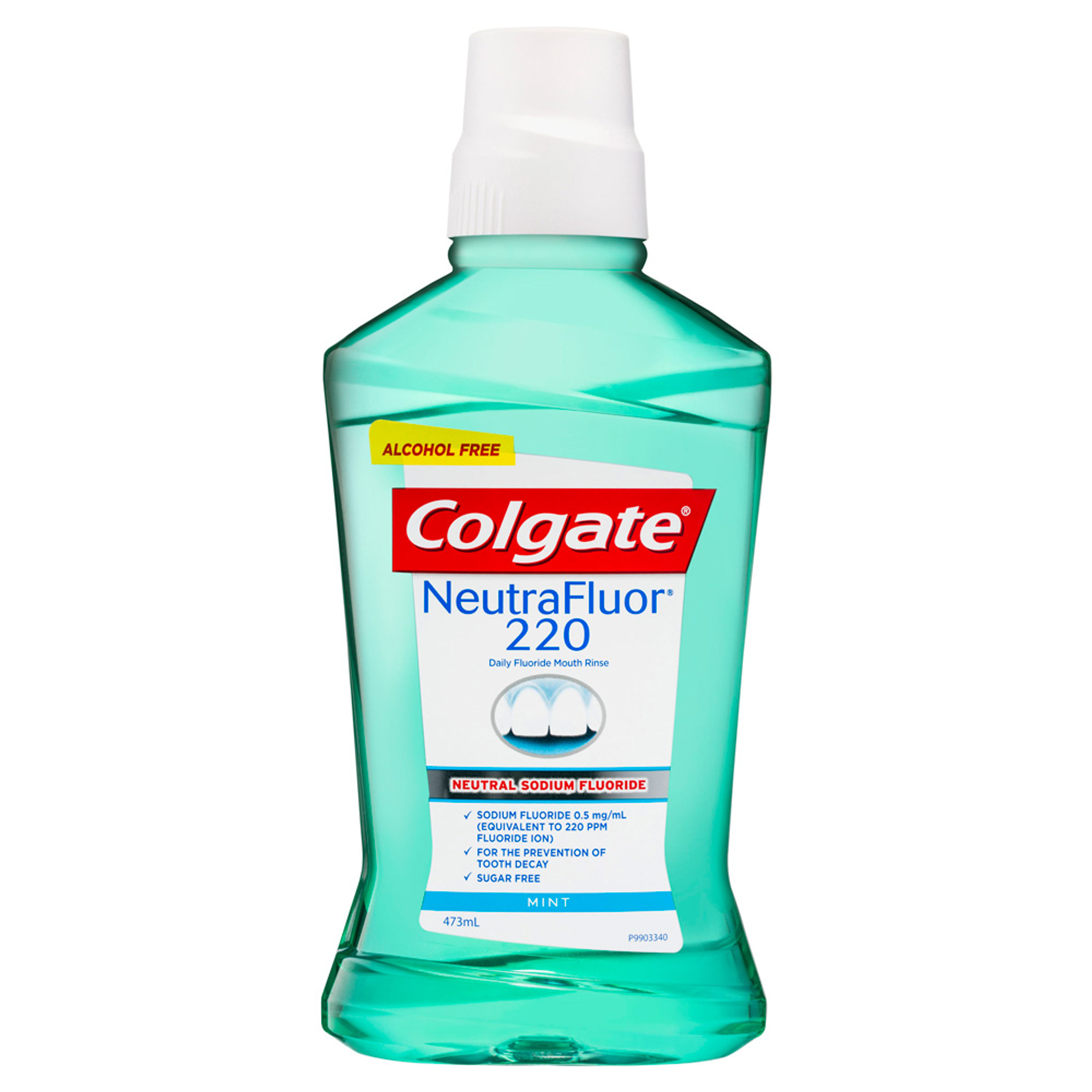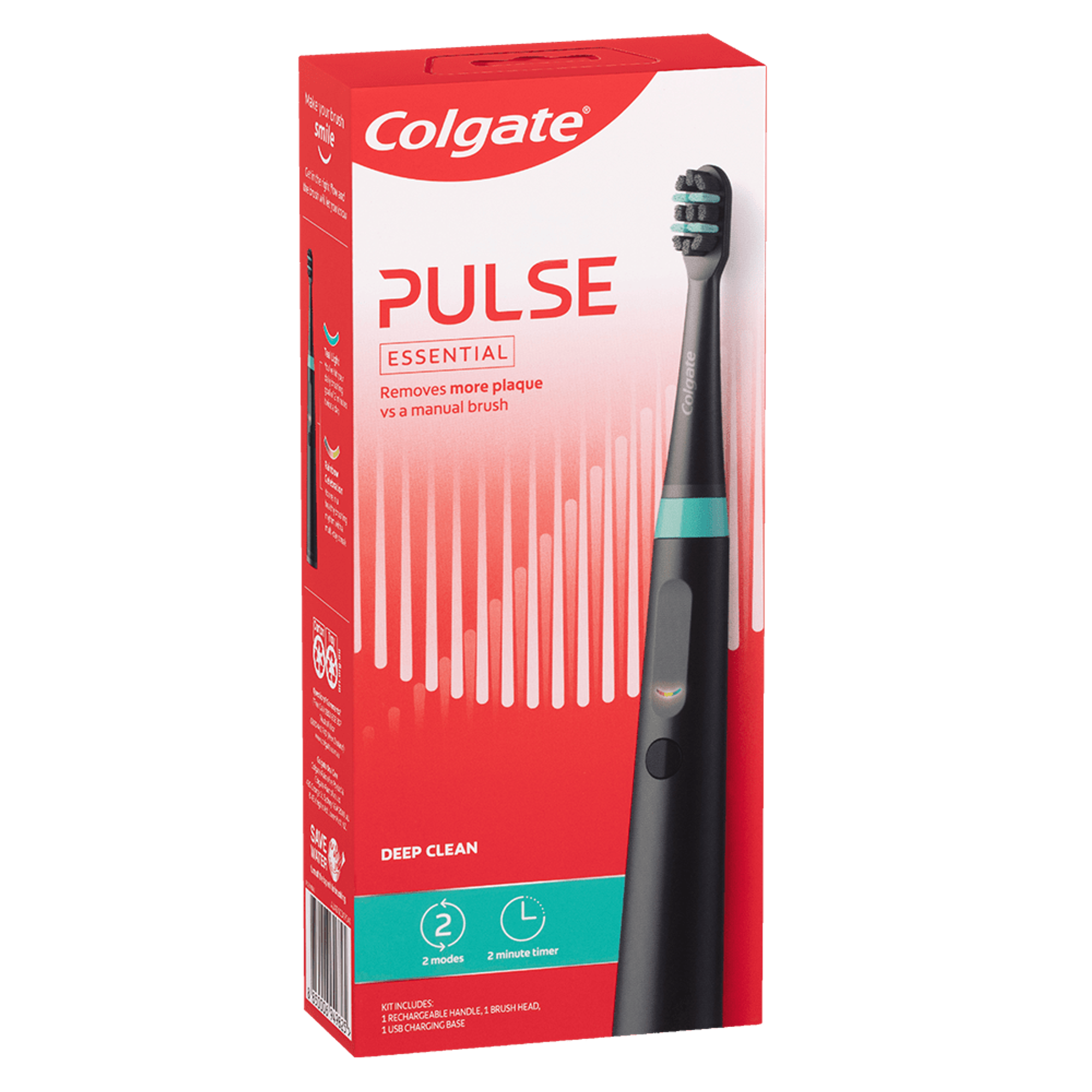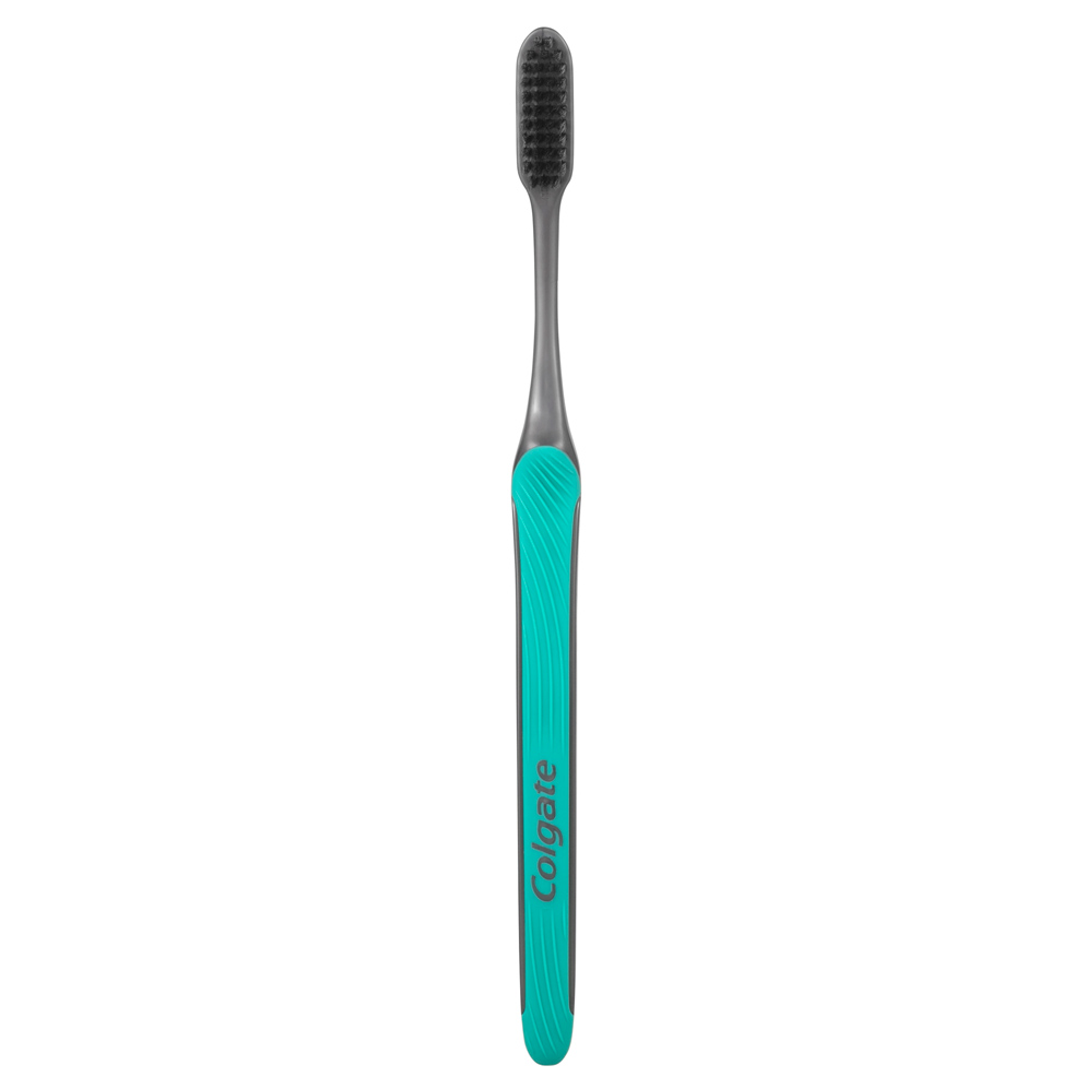- A periapical abscess which is the result of a chronic, localised infection located at the tip of the root of the tooth. This occurs because the pulp of the tooth which contains the tooth's blood and nerve supply, has died over a period of time as a result of injury or infection by bacteria. The source of the bacteria can be from an existing or previously treated cavity, or from trauma.
- A periodontal (gum) abscess which typically occurs in severe cases of periodontal disease, where deep pocketing is evident.
With the right treatment, you can recover from a dental abscess and regain control of your oral health.
Do I have an abscess?
Although tooth decay or a periodontal condition can be hard to detect at first, you can usually tell when an abscess develops because of the intense and continuous pain that characteristically comes with it (although not always) The Health Direct Australia site describes pain from a tooth abscess as severe toothache. You might experience trouble chewing and see or feel swelling in your mouth in the form of a lump on the gum; sometimes a small bump that looks like a pimple will form on the gum near an abscessed tooth. You may even notice swollen lymph nodes - which maintain lymph fluid and provide white blood cells which help to fight infection.
What should I do?
See your dentist when you suspect or discover either type of abscess. Until your appointment,your dentist might recommend taking an over-the-counter pain medication and depending on the stage of the abscess you may find short term relief by sucking on ice or alternatively rinsing with hot salt water to help draw out infection.
The first step in treating an abscess is to drain the pus and clean the area. Your dentist may prescribe antibiotics if there is evidence the infection is spreading; take the medication as directed for the best results.
Treatment of abscesses
In the case of a periapical abscess, a root canal treatment is often performed. During this process, the dentist will remove the dead pulp from the centre of the tooth, clean the area out, then fill the canal. Later a crown may be placed to protect the tooth so it is less likely to fracture and looks natural.
Treating a periodontal abscess involves draining the infection and providing a deep cleaning to the area with scaling and root planing. This process removes plaque and tartar from the surface of the tooth below the gum line. Referral to a periodontist (gum specialist) may be required. An antibiotic may be prescribed to help eliminate the infection. If the bone or gums are severely damaged from periodontal disease, you might need surgery to help clean the infection in order to keep an abscess from returning; or the affected tooth may need to be extracted.
Dental hygiene practices at home
Practicing good oral care at home can help prevent dental disease such as dental decay and periodontal disease that can be the precursors to dental abscesses. No matter what you do at home, it's always a good idea to see your dentist regularly, at least twice a year. If you have a history of gum disease, your dentist might want to see you more often to make sure your gums stay healthy.
Getting treatment for a dental abscess is one of the best things you can do for your health. Untreated, the condition can cause further infection. With consistent care, dental abscesses can usually be avoided.
This article is intended to promote understanding of and knowledge about general oral health topics. It is not intended to be a substitute for professional advice, diagnosis or treatment. Always seek the advice of your dentist or other qualified healthcare provider with any questions you may have regarding a medical condition or treatment.














